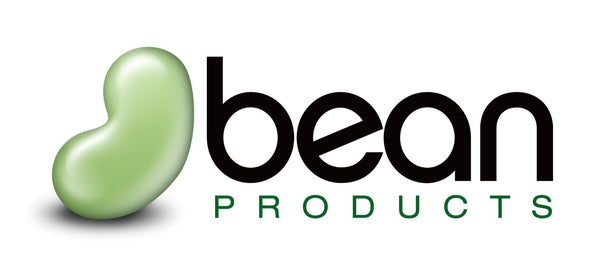The beauty of hemp, and why we choose it as a staple textile in our products, lies within its versatility, resiliency, anti-microbial and eco-friendly qualities.
Fun Facts About Hemp
- Hemp use dates back to the Stone Age, and is thought to be the first domestically-cultivated plant. Hemp fiber imprints have been found in pottery shards in China over 10,000 years old.
- According to one source, more than 25,000 products can be made from hemp.
- Hemp can be used to produce strong, durable and environmentally-friendly plastic substitutes. Thousands of products made from petroleum-based plastics can be produced from hemp-based composites.
- Hemp is a high-yield crop. One acre of hemp produces twice as much oil as one acre of peanuts, and nearly four times as much fiber pulp (for paper) as an acre of trees.
- On an annual basis, 1 acre of hemp will produce as much paper as 2 to 4 acres of trees. From tissue paper to cardboard, all types of paper products can be produced from hemp.
- Hemp paper hundreds of years old (found in museums) has not yellowed, and is thus a high quality paper of archival quality.
- Hemp paper is naturally acid-free and does not yellow as quickly as tree pulp-based paper.

Ancient Sanskrit Manuscript on Hemp Paper
- Hemp can grow nearly anywhere in the world, in many types of soil — even in short growing seasons or in dry regions — and helps purify soil as well as kills some types of weeds.
- Hemp can grow without pesticides.
- Hemp has the strongest (and longest) plant fiber in the world, resistant to rot and abrasion, and was in use long before DuPont patented nylon in 1937. It was used for ship rigging, military uniforms, parachute webbing, baggage and more.

Hemp Rope
- Because of its strength, hemp fiber can be used for composite materials that could be used to make anything from skateboard decks to car and stealth fighter bodies.
- Henry Ford, founder of the Ford Motor Company, created a plastic car in 1941 which ran on hemp and other plant-based fuels, and whose fenders were made of hemp and other materials.
- Hemp can be used to produce fiberboard that is stronger and lighter than wood. Substituting hemp fiberboard for timber would further reduce the need to cut down our forests.

Hemp Fiberboard
- Hemp seeds contain a protein that is more nutritious and more economical to produce than soybean protein. Hemp seeds are not intoxicating. Hemp seed protein can be used to produce virtually any product made from soybean: tofu, veggie burgers, butter, cheese, salad oils, ice cream, milk, etc.
- Hemp hearts are a nutrient powerhouse, loaded with protein, healthy fats, and omega-3 fatty acids.

Hemp Hearts
- Hemp seed oil can be used to produce non-toxic diesel fuel, paint, varnish, detergent, ink and lubricating oil.
- Just as corn can be converted into clean-burning ethanol fuel, so can hemp. Because hemp produces more biomass than any plant species that can be grown in a wide range of climates and locations, hemp has great potential to become a major source of ethanol fuel.
- From 1776 to 1937, hemp was a major American crop and textiles made from hemp were common. Yet, many museums and history books contain no mention of hemp due to stigma and censorship.
- United States Presidents George Washington and Thomas Jefferson grew hemp, used products made from hemp, and praised the hemp plant in their writings.
No other natural resource offers the potential of hemp. Cannabis Hemp is capable of producing significant quantities of paper, textiles, building materials, food, medicine, paint, detergent, varnish, oil, ink, and fuel. Unlike other crops, hemp can grow in most climates and on most farmland throughout the world with moderate water and fertilizer requirements, no pesticides, and no herbicides.
Sources: National Hemp Association
